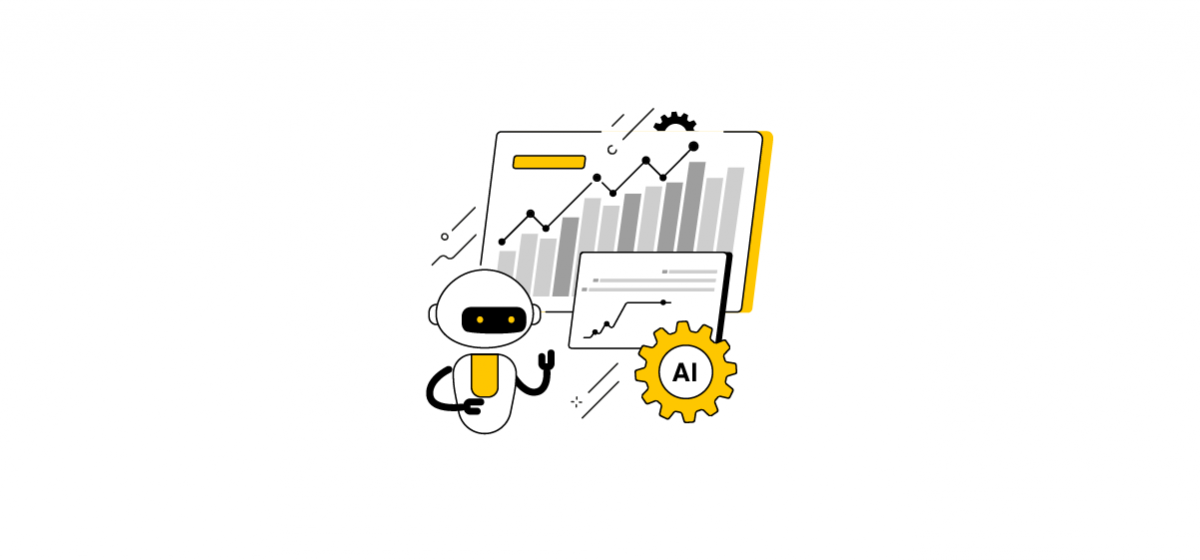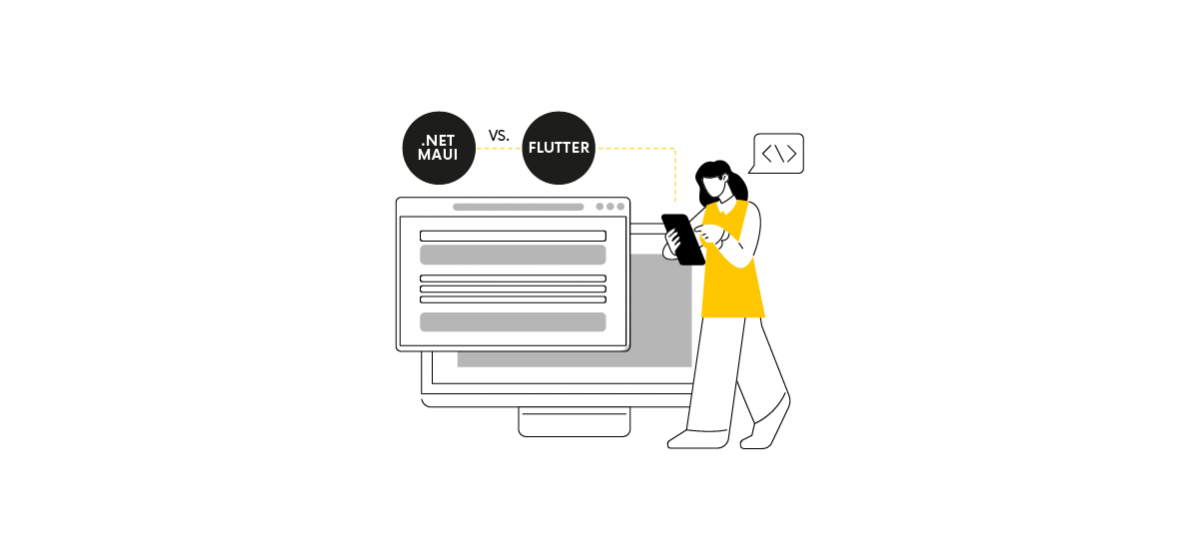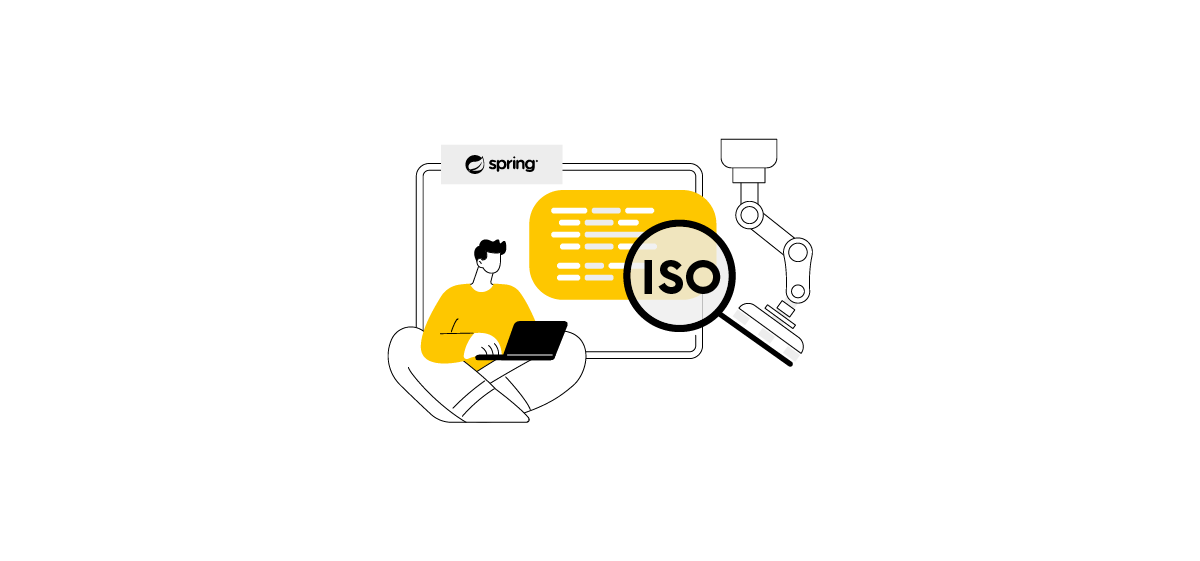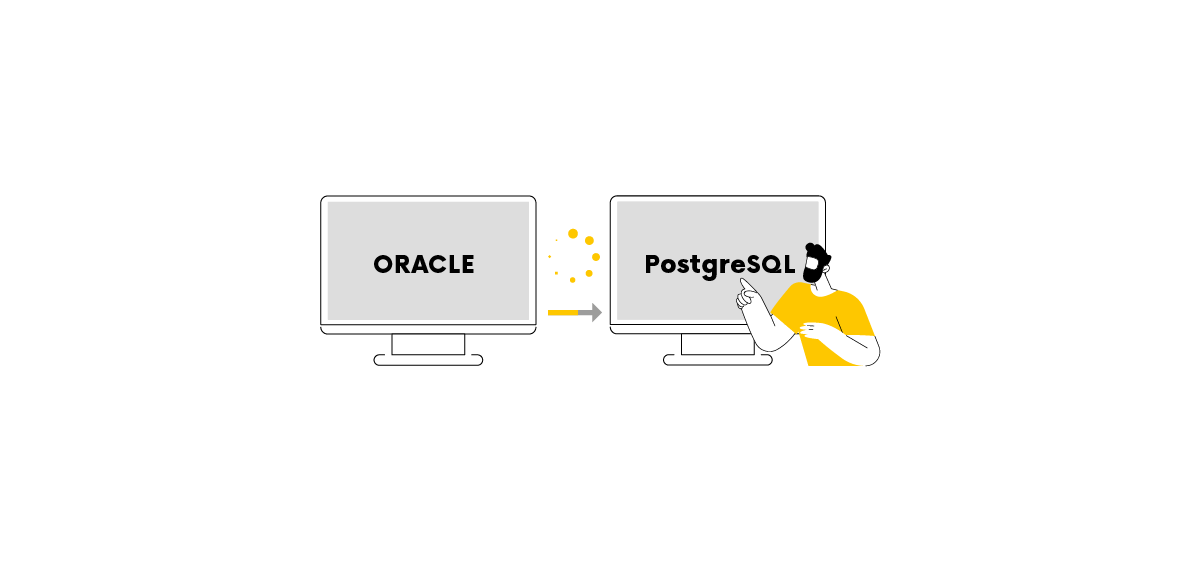
Table of Contents
The role of Spring and Spring Boot in enterprise application development
Spring, a popular open-source framework, provides end-to-end infrastructure support for developing Java applications, especially for enterprise and web-based systems. It encompasses dependency injection, aspect programming, web MVC, security, data access, messaging, testing, and cloud integration. With Spring Boot, a separate solution based on Spring, you can quickly and easily develop microservices-based applications. It has numerous pre-built tools and libraries that make application development easy. Spring Boot adopts a modular and flexible approach to application development, simplifying tasks such as dependency injection, aspect-oriented programming, and transaction management. You can read more about the differences between Spring vs. Spring Boot in the article Spring Framework vs. Spring Boot – pros and cons. One of the most useful Spring components is the Spring Data framework, which is based on JPA. Its main advantage lies in simplifying the work of developers who often use database access in their projects using ORM. It substantially reduces the need for writing access code or database queries.What is JPA?
JPA stands for Java Persistence API, a standard specification for accessing, managing, and persisting data between Java objects and relational databases. JPA is a Java-based object-relational mapping (ORM) specification that enables Java applications to interact with relational databases seamlessly. It provides an object-oriented API for database operations, minimizing low-level SQL query requirements.JPA vs Hibernate
As we mentioned, JPA defines relational data management in Java applications. Hibernate is one of the ORM mapping tools used to store a Java object’s state in a database as a specification. JPA frameworks such as Hibernate and EclipseLink simplify the process of mapping Java objects to database tables and vice versa, making database access more intuitive and efficient for developers.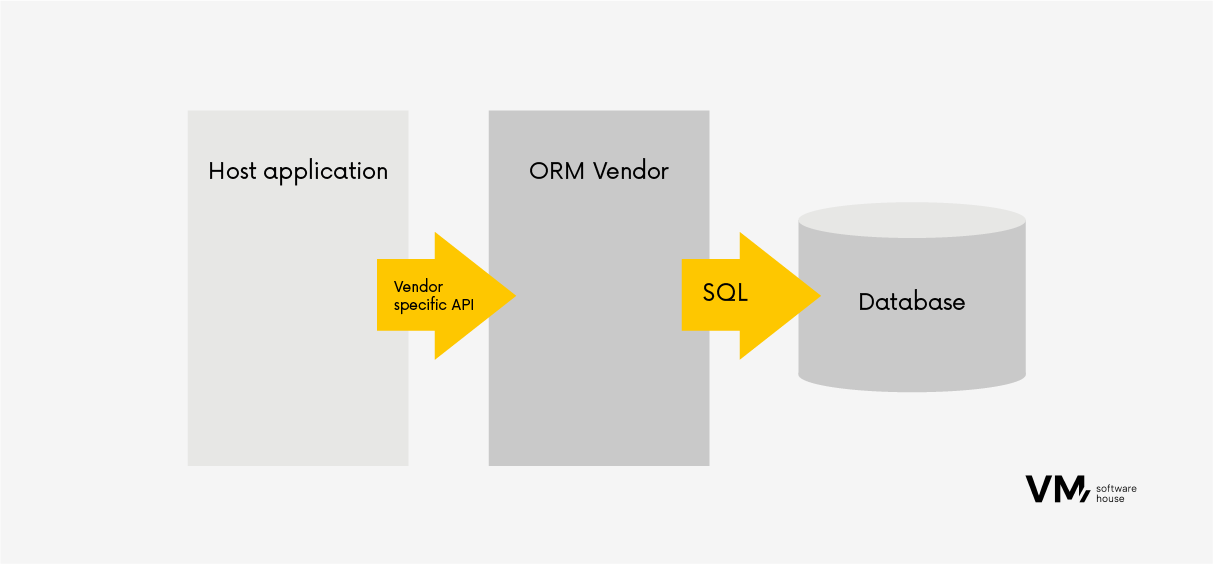
An example of using Spring Boot and JPA in manufacturing companies
The following example illustrates Spring and JPA’s use in digitizing manufacturing processes. Suppose a manufacturing company wants to implement a web-based system that can monitor and control the production process of its components. The system should be able to:- Collect data from sensors and machines on the production floor
- Store them in the database
- Analyze them using artificial intelligence algorithms
- Present the results on a dashboard accessible to operators and managers.
- Send commands to machines to adjust production parameters based on analysis results
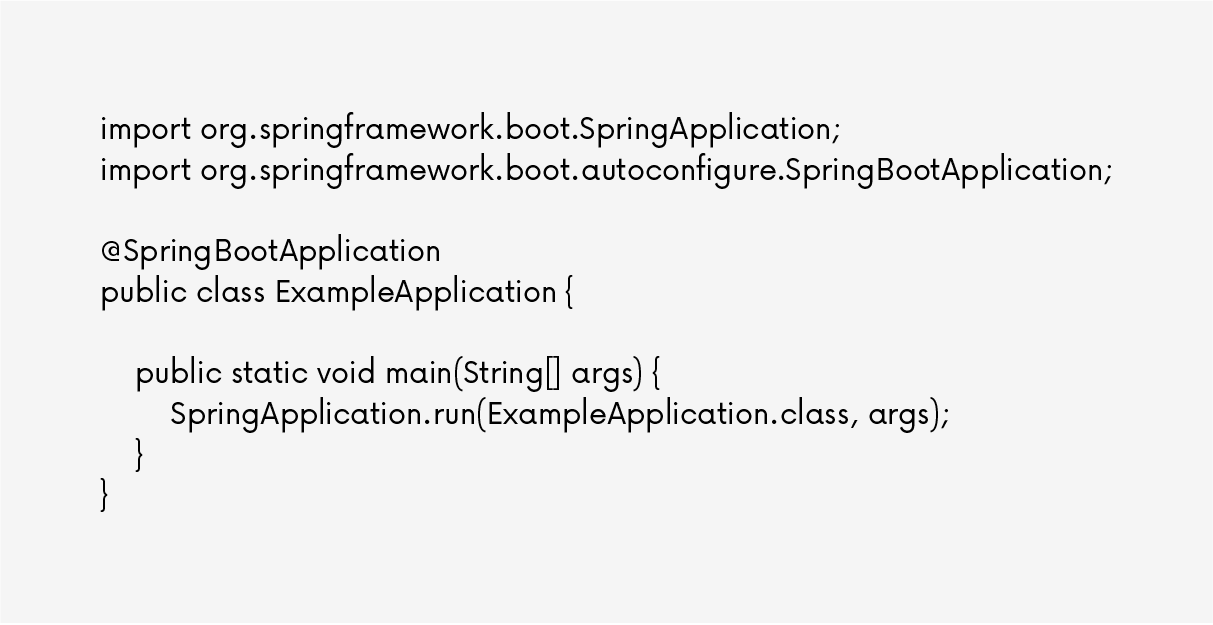 2. Rest Controller: The API’s entry point for the application
2. Rest Controller: The API’s entry point for the application
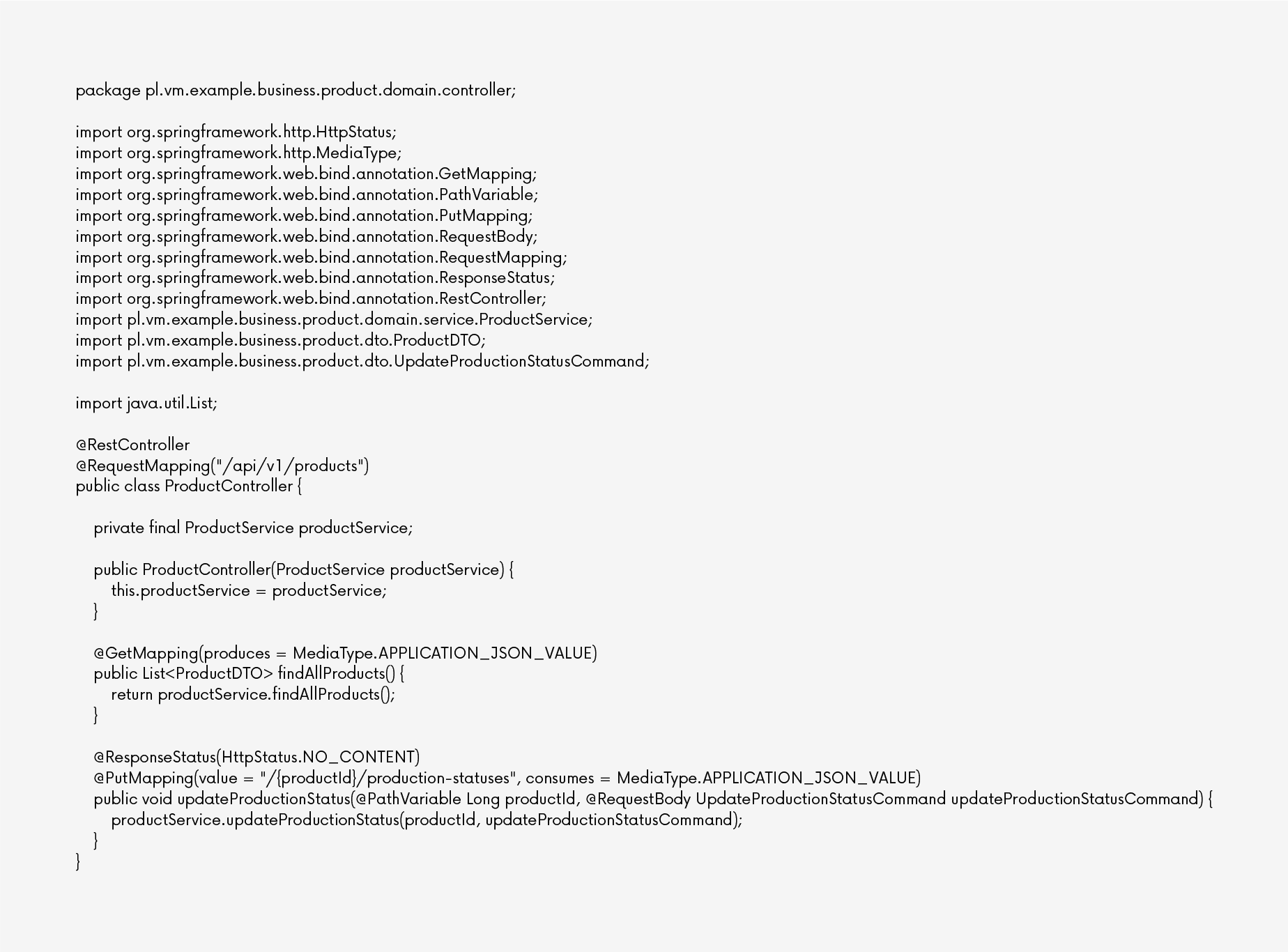 3. DTO and UpdateProductionStatusCommand objects: Utilized by the API
3. DTO and UpdateProductionStatusCommand objects: Utilized by the API
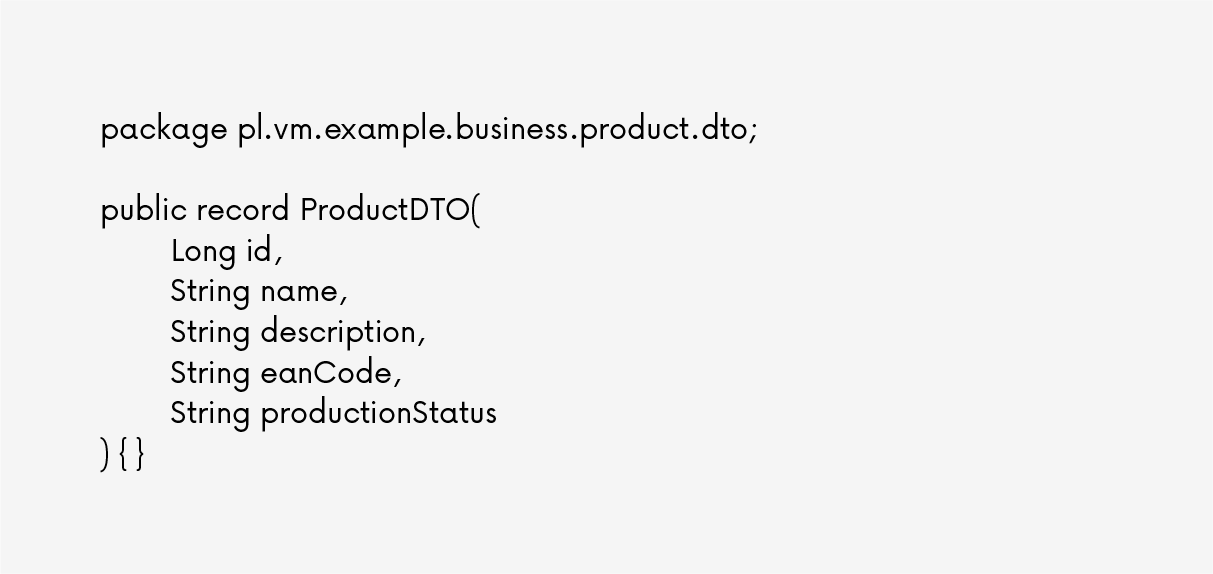
 4. Service: Responsible for executing business logic
4. Service: Responsible for executing business logic
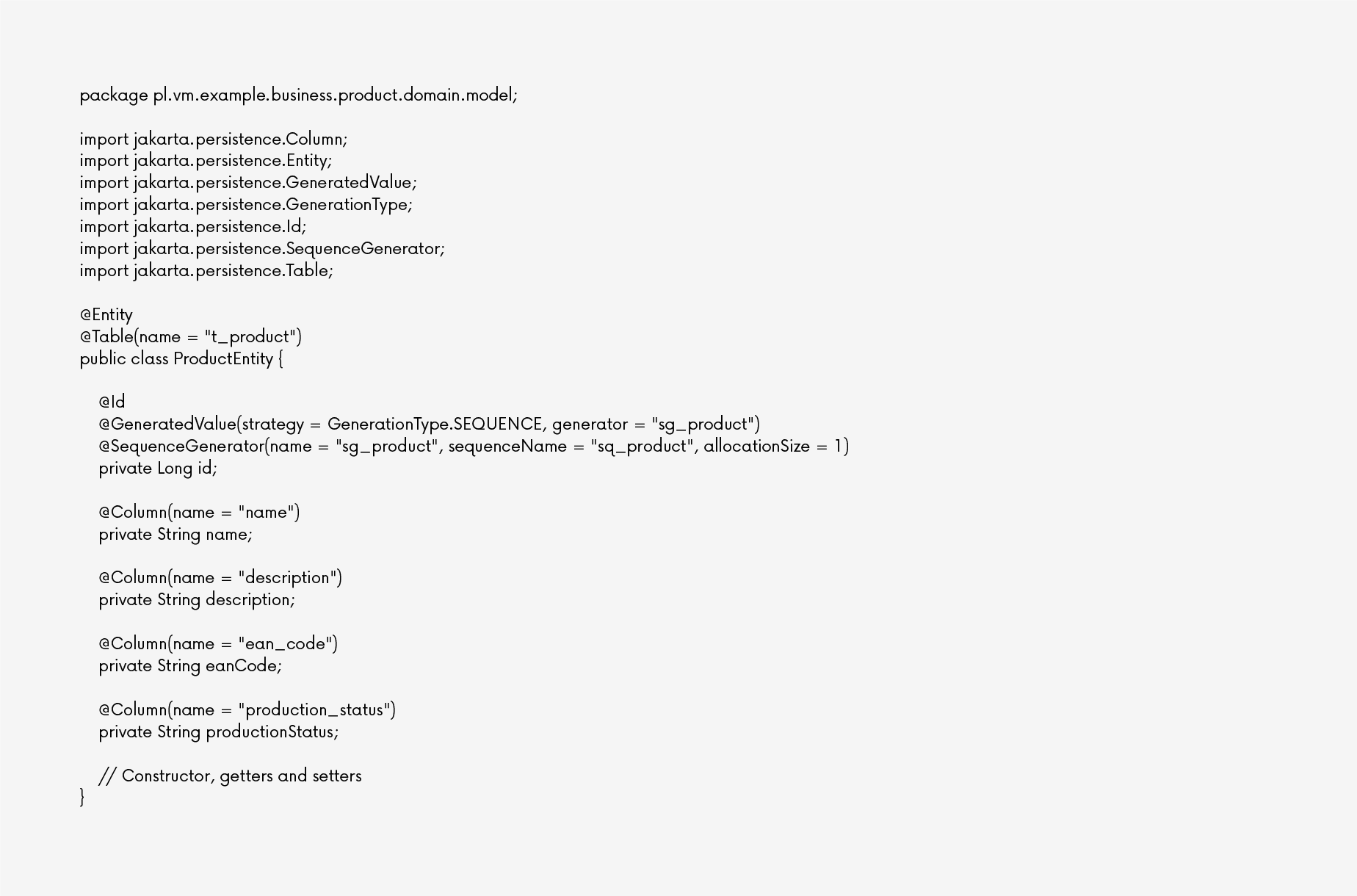 5. Product Model: Represents product data in the database and is mapped to JPA
5. Product Model: Represents product data in the database and is mapped to JPA
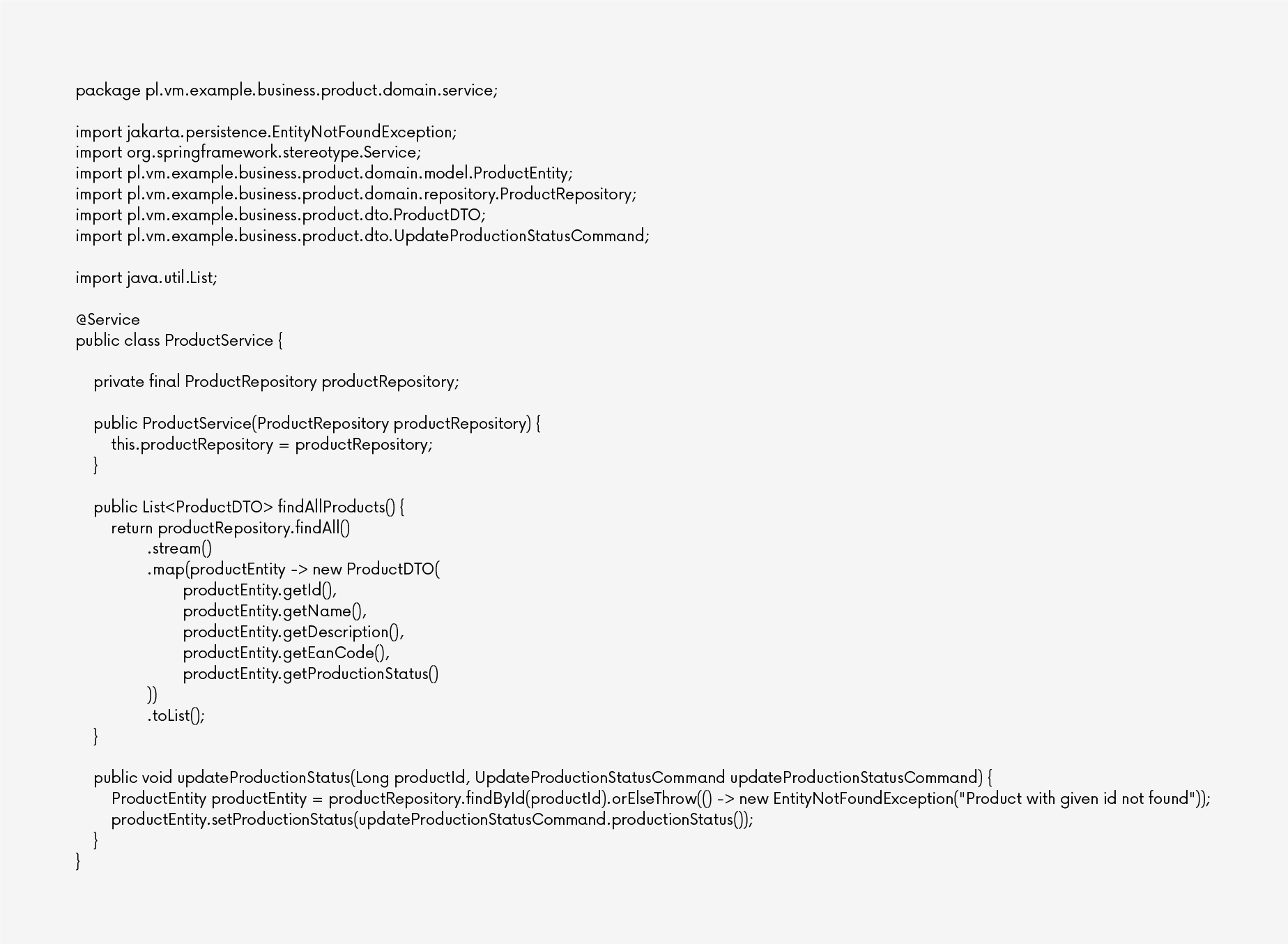 6. ProductRepository: Enables database access through the Spring Data JPA extension.
6. ProductRepository: Enables database access through the Spring Data JPA extension.
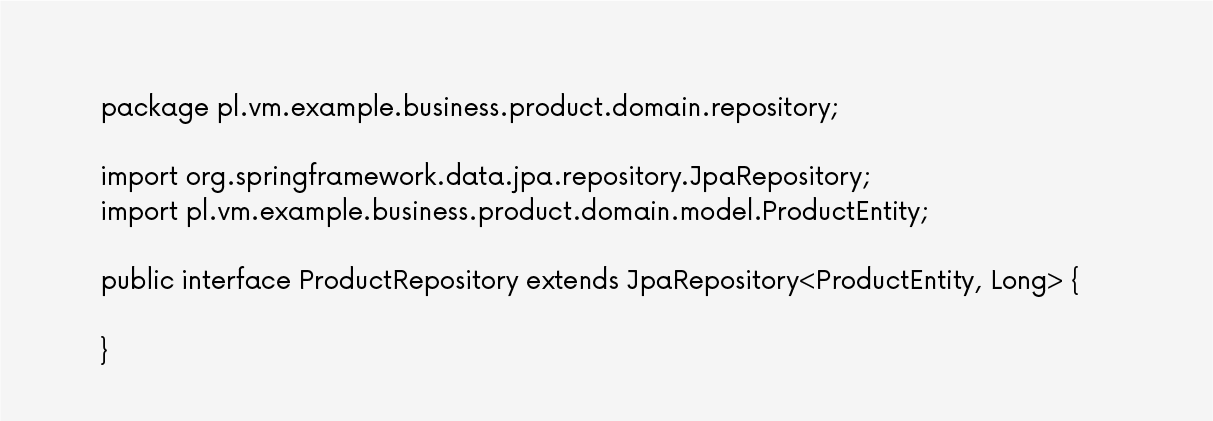 The logic inside these endpoints can be customized to meet specific requirements. For instance, you can retrieve data from a database using SpringData JPA repositories or interact with external systems to control the production process.
The logic inside these endpoints can be customized to meet specific requirements. For instance, you can retrieve data from a database using SpringData JPA repositories or interact with external systems to control the production process.
The use of JPA and Spring Boot in the digitization of manufacturing processes
Here are some examples of the use of Spring Boot and JPA in manufacturing companies:- Services, implementation, and organization of the repository
- Inventory management
- Quality control
- Production Planning
Best practices for implementing Spring and JPA
When deploying Spring and JPA in production processes, it is important to follow best practices to ensure data security, optimize performance, and ease of maintenance. Here are some strategies to consider:1. Data security
- Validating user input prevents common security vulnerabilities such as SQL injection and cross-site scripting (XSS) attacks
- Implementing secure authentication and authorization mechanisms to control access to sensitive data and functions
- Confidential configuration information, such as database credentials, should be stored securely. Avoid hard-coding confidential information in source code or configuration files
- Encryption techniques are used to protect sensitive data at rest and during transmission
2. Performance optimization
- Define appropriate indexes on frequently searched columns to improve query performance
- Implementing caching mechanisms can reduce database loads and improve response times
- Optimizing database queries by selecting only the required columns will help avoid unnecessary data retrieval
- The use of connection pooling will improve the management of database connections
3. Ease of maintenance
- Following the principles of Modular Design to create loosely related components will make them easier to understand, test, and maintain
- Reuse of closed code in separate modules or libraries will enable its reuse
- Writing comprehensive unit tests to verify the correctness of individual components and ensure that changes do not introduce regressions
- Implementing CI/CD pipelines to automate compilation, testing, and deployment processes will ensure faster feedback cycles and more reliable releases








